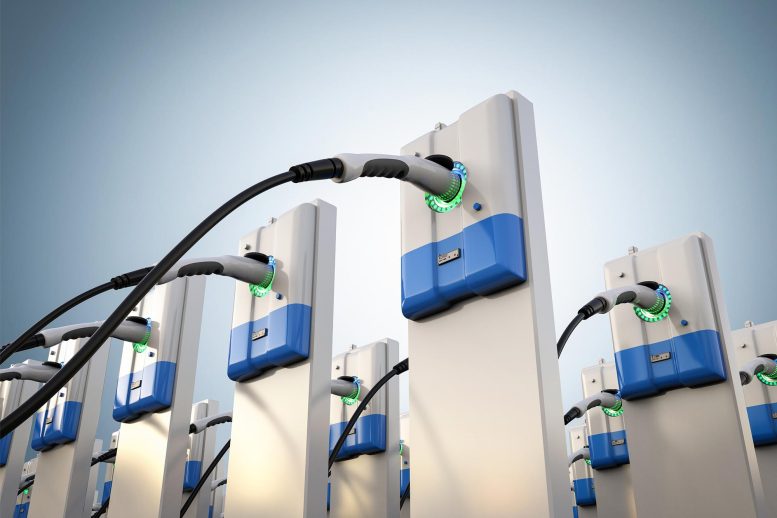
A study led by Dr. Carsten Lennerz of the German Heart Centre Munich found no clinically relevant electromagnetic interference or device malfunction in pacemakers and defibrillators while using high-power charging stations for electric cars. The study, which included 130 patients with cardiac implantable electronic devices (CIEDs), tested four electric cars and one test vehicle capable of drawing 350 kW from high-power chargers. Researchers performed a total of 561 charges and observed no adverse events. The results suggest that high-power charging is safe for patients with CIEDs, although it is still recommended to maintain distance from the charging elements.
High-power electric vehicle chargers are safe for patients with pacemakers and defibrillators, according to a study published today in EP Europace,[1] a journal of the European Society of Cardiology (ESC) and presented at EHRA 2023,[2] a scientific congress of the ESC.
“The new high-power charging stations for electric cars have the potential to create strong electromagnetic fields and cause electromagnetic interference in pacemakers and defibrillators, leading them to malfunction,” said study author Dr. Carsten Lennerz of the German Heart Centre Munich. “We previously investigated the risk of electromagnetic interference with cardiac devices while driving electric cars and found that the largest electromagnetic field was located along the charging cable.[3] This was the first study to examine the risk of electromagnetic interference in patients with cardiac implantable electronic devices (CIEDs) while using high power chargers.”
Pacemakers and defibrillators are used to treat patients with heart rhythm disorders or heart failure. It is estimated that 1 to 1.4 million pacemakers will be implanted globally in 2023.[4,5] Given that the average life expectancy with a pacemaker is 8.5 years, the number of people with a pacemaker worldwide is likely to be in the region of 8 to 12 million.[6] In addition, approximately 150,000 to 200,000 patients across the world receive an implantable cardioverter defibrillator (ICD) each year.[7]
High-power chargers delivering up to 350 kW were developed to shorten charging time. The new chargers use DC (direct current) which allows for higher power delivery, while older or home chargers use AC (alternating current). With a greater charging current there may be a stronger magnetic field and a higher risk of electromagnetic interference which could cause a pacemaker to stop pacing or a defibrillator to deliver painful shock therapy inappropriately (due to falsely detecting a rapid arrhythmia). There are no official recommendations on the use of high-power chargers for patients with CIEDs.
The study included 130 patients with a pacemaker or defibrillator. The average age was 59 years and 21% were women. Four publicly available, fully electric cars capable of high-power charging were used during the study.[8] However, these cars cannot take the maximal charge of 350 kW. Since it is highly likely that future electric cars will take the highest charge, the researchers also used a test vehicle that could draw 350 kW from the high-power chargers.[9]
Participants had their cardiac devices programmed to optimize detection of electromagnetic interference. They were then asked to plug in and charge each car with the charging cable placed directly over their cardiac device to maximize the likelihood of electromagnetic interference. Patients were monitored for any malfunction of their cardiac device such as a failure to deliver pacing therapy or inappropriately sensing abnormally fast heart rhythms. The cardiac devices were also checked for any change in their programming or damage after charging the cars.
In total, 561 charges were performed during which the researchers did not observe any adverse events caused by electromagnetic interference. Specifically, there was no inhibition of pacing in pacemakers nor inappropriate detection of rapid arrhythmias that might lead to painful shock therapy for patients with defibrillators.
Dr. Lennerz said: “This study was designed as a worst-case scenario to maximize the chance of electromagnetic interference. Despite this, we found no clinically relevant electromagnetic interference and no device malfunction during the use of high power chargers, suggesting that no restrictions should be placed on their use for patients with cardiac devices.”
He noted that the study focused on high-power charging technology rather than home chargers. “Home chargers use a smaller current but AC generates a different magnetic field than DC,” he said. “Home charging is likely safe with sensible precautions, such as not staying next to the charging cable for extended periods of time.”
Dr. Lennerz concluded: “Patients with cardiac devices can be reassured that charging electric cars with high-power chargers is safe. The risk of malfunction of pacemakers and defibrillators is extremely low in this situation. Sitting inside the car or standing next to the charging cable or charger is also safe. However, we would recommend not placing the charging cable directly over the cardiac device to maintain distance from the charging elements.”
References and Notes
- “High-power chargers for electric vehicles: Are they safe for patients with pacemakers and defibrillators?” by Carsten Lennerz, Claudia Schaarschmidt, Patrick Blažek, Katharina Knoll, Marc Kottmaier, Tilko Reents, Felix Bourier, Sarah Lengauer, Miruna Popa, Katharina Wimbauer, Fabian Bahlke, Hannah Krafft, Florian Englert, Lena Friedrich, Heribert Schunkert, Gabriele Hessling, Isabel Deisenhofer, Christof Kolb and Matthew O’Connor, 17 April 2023, Europace.
DOI: 10.1093/europace/euad042 - The abstract ‘Electric cars and high power chargers: Are they safe for patients with cardiac implantable electronic devices?’ will be presented during the session ‘Device Therapy – ICD’ which takes place on April 17, at 15:40 CEST at Moderated ePosters 3.
- “Patients with pacemakers or defibrillators do not need to worry about e-Cars: An observational study” by Carsten Lennerz, Lorenz Horlbeck, Severin Weigand, Christian Grebmer, Patrick Blazek, Amir Brkic, Verena Semmler, Bernhard Haller, Tilko Reents, Gabriele Hessling, Isabel Deisenhofer, Markus Lienkamp, Christof Kolb and Matthew O’Connor, 13 January 2020, Technol Health Care.
DOI: 10.3233/thc-191891 - Global number of pacemakers in 2016 and a forecast for 2023 (in million units): https://www.statista.com/statistics/800794/pacemakers-market-volume-in-units-worldwide/.
- “I need a pacemaker-what are my options?” by Tina Sichrovsky, MD and Suneet Mittal, MD, 18 November 2020, JAMA Cardiology.
DOI: 10.1001/jamacardio.2020.5665 - “Long-term survival after pacemaker implantation. Prognostic importance of gender and baseline patient characteristics” by Michael Brunner, Manfred Olschewski, Annette Geibel, Christoph Bode and Manfred Zehender, 1 January 2004, European Heart Journal.
DOI: 10.1016/j.ehj.2003.10.022 - “Risk factors and temporal trends of complications associated with transvenous implantable cardiac defibrillator leads” by Jayanthi N. Koneru, Paul W. Jones, Eric F. Hammill, Nicholas Wold and Kenneth A. Ellenbogen, 10 May 2018, Journal of the American Heart Association.
DOI: 10.1161/JAHA.117.007691 - The four electric cars used were the Porsche Taycan Turbo, Volkswagen ID.3 Pro Performance, Tesla Model 3 Performance and Audi e-tron 55 quattro.
- An IONITY test device was used.

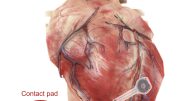

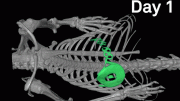

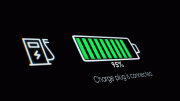
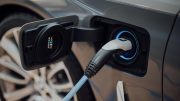


Be the first to comment on "High Power EV Chargers: A Green Light for Cardiac Device Patients?"